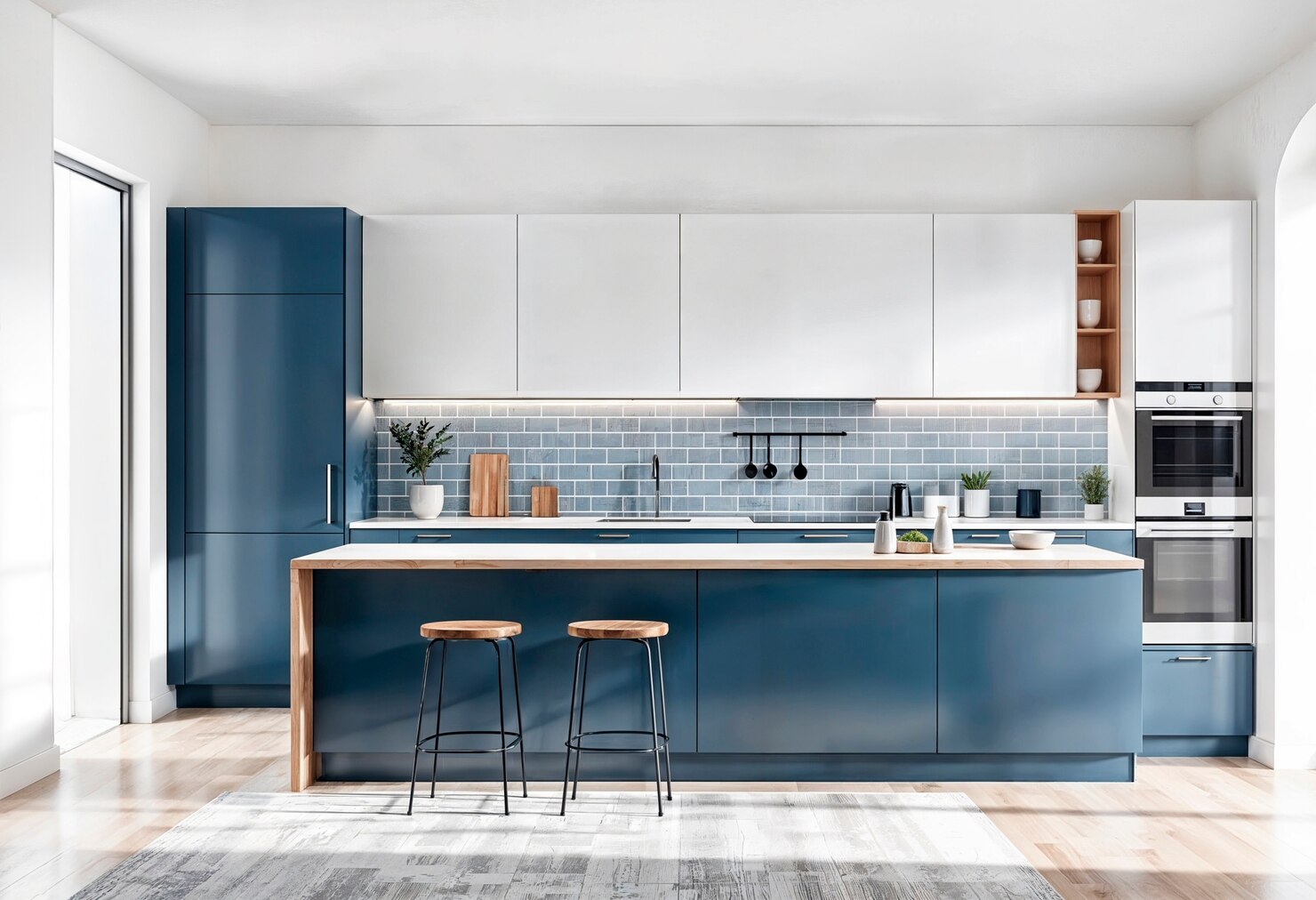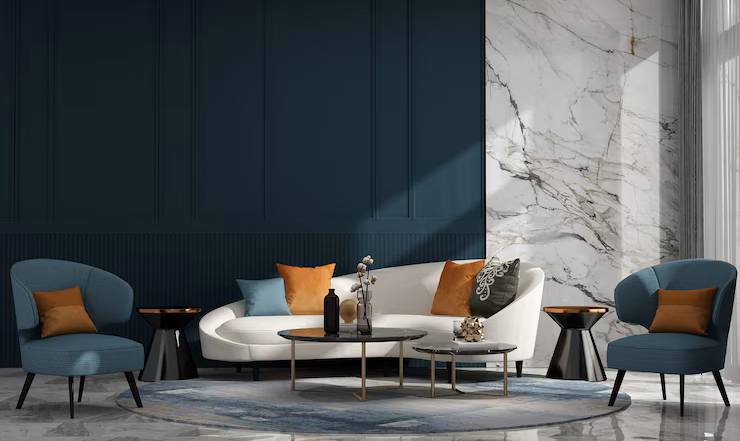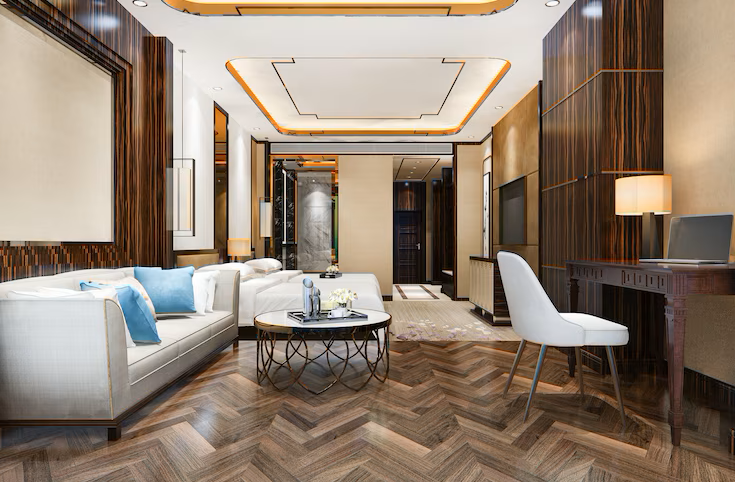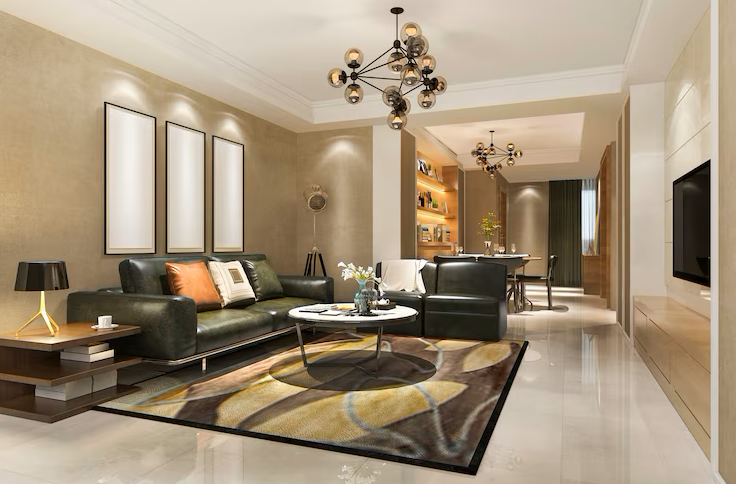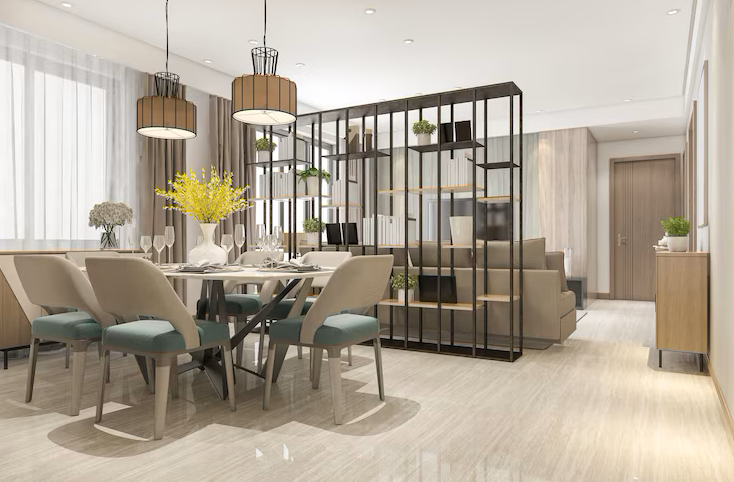Traditional Meets Modern: How Interior Designers in Chennai Balance Both Worlds
Chennai is a city where banyan trees shade colonial-era bungalows, modern high-rises climb beside temples, and classical Carnatic music meets contemporary indie beats. That blending of eras and aesthetics is reflected in the homes and commercial spaces created by interior designers in Chennai — professionals who skillfully marry tradition and modernity to produce spaces that feel timeless, functional, and distinctly local.
Why the fusion matters in Chennai
Chennai’s climate, culture, and rich architectural past give designers a unique brief: clients want the comfort and efficiency of modern living without losing the warmth and cultural references that anchor a home to place. Whether the project is a Chennai apartment, a restored bungalow in Mylapore, or a new office in OMR, good designers respect the past while solving for present-day needs.
Core principles designers use to bridge tradition and modernity
1. Respect the narrative
The first step is always storytelling. Interior designers in Chennai start by understanding what the home or space means to its owners — family heirlooms, festival rituals, or an appreciation for local crafts. A room that displays a grandmother’s bronze lamp or a temple mural fragment becomes the anchor; contemporary elements are then introduced to complement, not replace, that story.
2. Tone down instead of erasing
Rather than replicating antique rooms in full, designers often extract motifs: a kolam-inspired pattern becomes a rug design, a temple arch’s curve is translated into a wall niche, or a brass urn informs a pendant light shape. This approach preserves cultural cues while letting contemporary lines and materials keep the overall design crisp.
3. Material honesty — old meets new
Natural materials reverberate across time. Designers combine traditional materials like teak, stone, brass, and handloom textiles with contemporary finishes such as engineered stone, glass, matte metal, and microcement. For example, a polished concrete kitchen island can be paired with a reclaimed teak backsplash and brass hardware — giving durability and low maintenance without feeling sterile.
4. Climate-smart design
Chennai’s hot, humid climate shapes design choices. Many interior designers in Chennai incorporate passive cooling strategies — high ceilings, cross-ventilation, shaded verandahs, and thermal-mass materials — alongside modern HVAC, energy-efficient lighting, and moisture-resistant cabinetry. The result is a home that honors traditional climate responses while offering modern comfort.
5. Scale and proportion
Traditional architecture often uses different proportions. Designers translating those elements into modern homes tweak scale — enlarging a hand-carved panel into a floor-to-ceiling feature wall or re-proportioning ornate cornices into a simpler molding. This keeps the visual language familiar but sensible for contemporary living.
Typical design moves you’ll see in Chennai projects
-
Handloom and artisanal textiles used as upholstery, cushions, or window treatments to introduce color and craft.
-
Statement brass or bronze accents — lamps, handles, and vessels — used sparingly to bring warmth.
-
Open, flexible living spaces that allow traditional puja corners or ritual spaces without isolating them.
-
Local art and craft as focal points: Tanjore-inspired paintings, Chennai-made ceramics, or kolam art panels.
-
Neutral modern backdrops (muted walls, clean cabinetry) that let traditional objects and colors pop.
Case study-style ideas (for homeowners)
-
If you have an old wooden chest, place it at the foot of a sleek platform bed and add minimalist bedside lighting. The juxtaposition reads intentional, not mismatched.
-
Create a modern puja alcove: recessed with LED lighting, lined with a textured handloom fabric, and framed by a simple floating shelf for ritual objects.
-
Use a single traditional material (like Kota stone or Madras-check fabric) across multiple elements—floor, cushion, feature wall—to create continuity between the old and new.
Practical tips when hiring interior designers in Chennai
-
Share your heritage pieces early. Designers can plan around them rather than retrofitting later.
-
Ask for climate-aware solutions. Chennai’s humidity demands material choices and finishes that last.
-
Request mood boards that show the blend. Visuals help ensure the traditional elements won’t be overwhelmed by modern minimalism (or vice versa).
-
Budget for craftsmanship. Handcrafted elements add authenticity but need realistic time and cost estimates.
-
Look for local references. A designer experienced in Chennai will know reliable local artisans, appropriate materials, and regulatory norms.
Why the fusion is future-facing
Blending tradition with modernity isn’t nostalgia — it’s resilience. It keeps cultural practices visible in everyday life while making spaces adaptable, energy-efficient, and suited to contemporary routines. Interior designers in Chennai who do this well create homes that respect lineage and encourage future memories.
Final thought
When tradition and modernity are balanced thoughtfully, a space becomes more than a collection of objects; it becomes a living story. If you’re planning a makeover in Chennai, think in layers: keep what matters, update what works, and let skilled interior designers in Chennai craft the bridge between both worlds.

